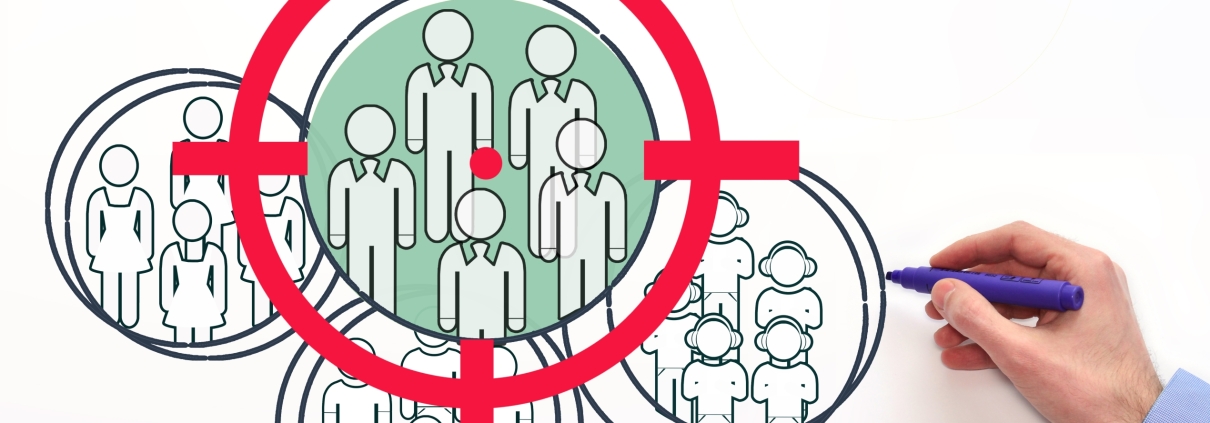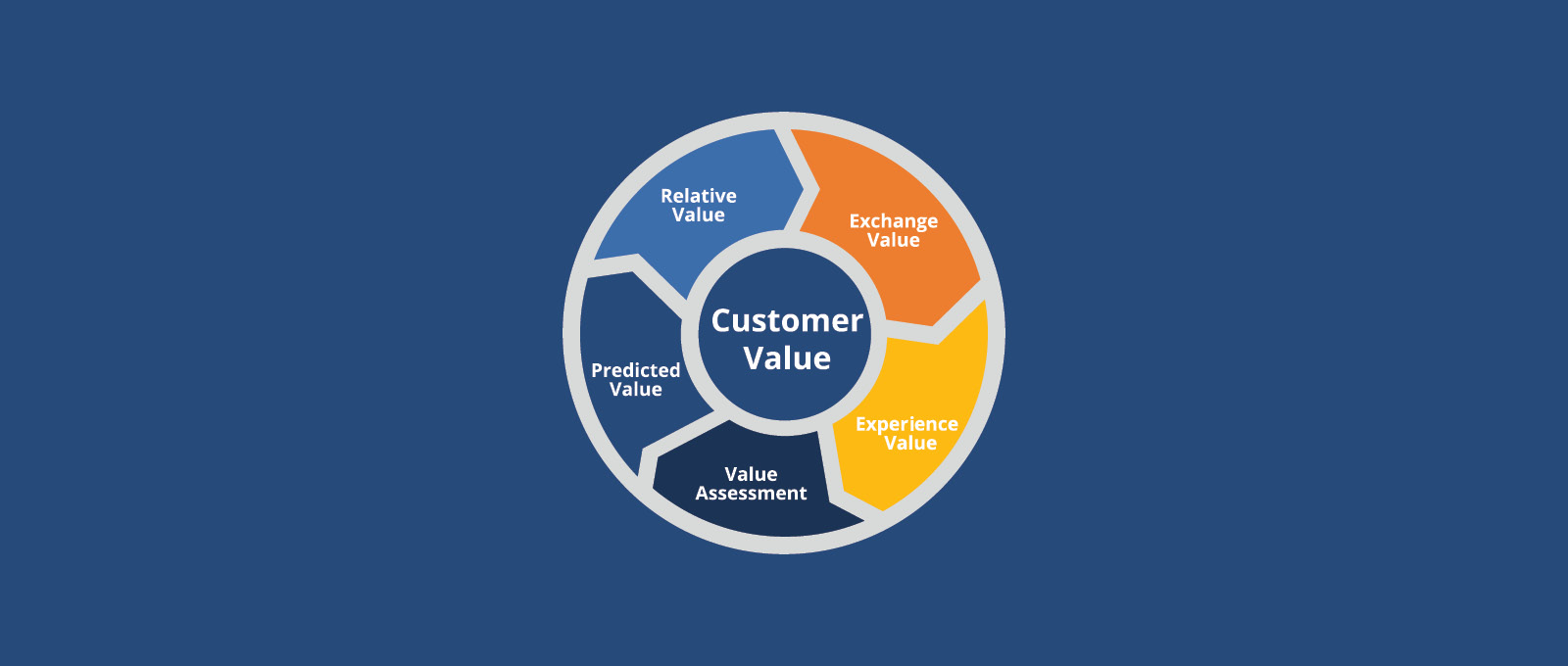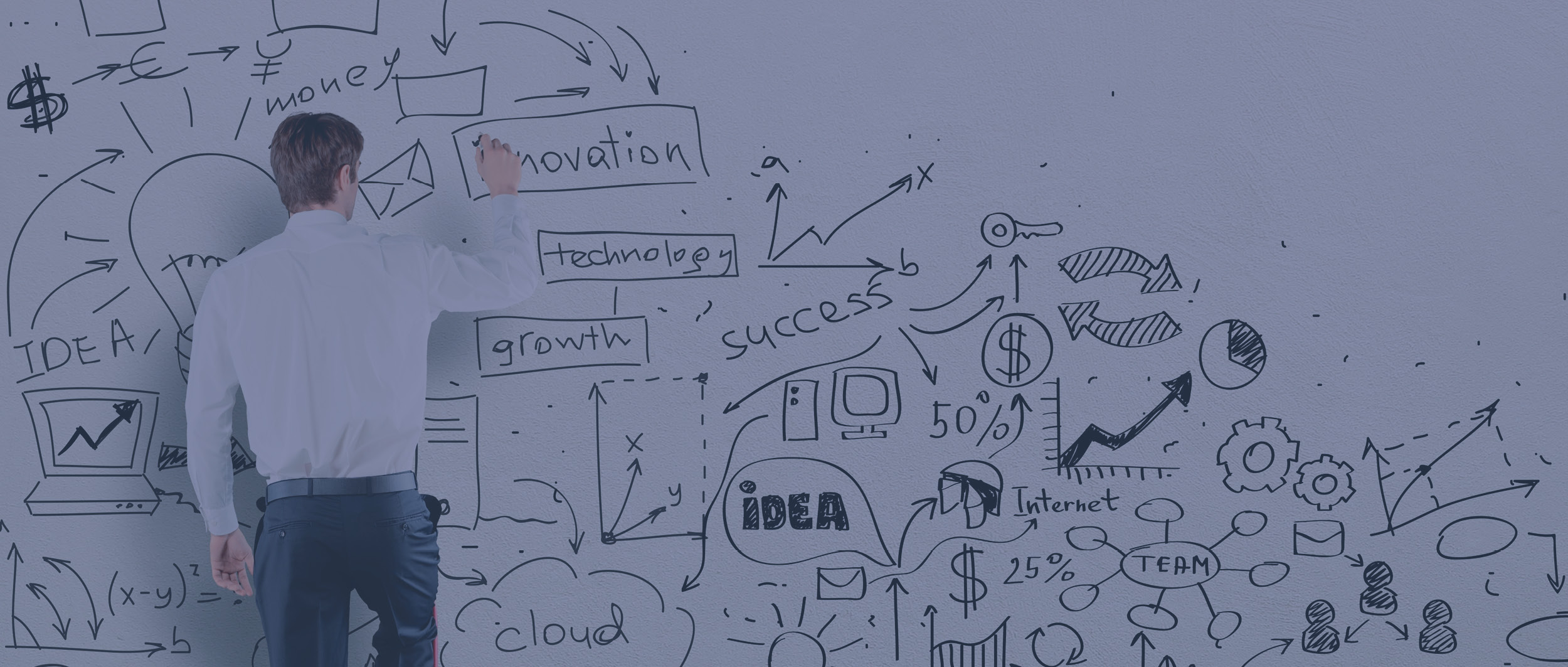The Starting Point For Business Is Choosing the Customers With Whom You Will Share The Value Generation Journey.
How do businesses get started? Or innovation projects, or marketing campaigns, or any other type of commercial value generation?
The conventional belief is that the starting point is an idea. The idea of the iPhone or the Tesla or Lily’s stevia-sweetened chocolate bar. Ultimately, the idea will turn into a new product or service that “reveals to the market what the market did not realize was available” as economist Israel Kirzner phrased it.
But this conventional view is actually a misunderstanding of how business works. Business is an activity with a goal: to create and retain customers. The first step in the process is to imagine a future benefit – an experience that’s better than today’s for which a customer will happily pay. An experience is in the mind; the design of the experience is for someone. It’s for a customer. Hence the customer is the starting point.
Empathic Design.
To be successful requires the exercise of empathy. The customer’s experience is not the same as that of the individual or team that’s working on the innovation project or the marketing campaign. It’s subjective and individual, as is the concern with a current experience not being quite satisfactory enough. An innovator must “get inside the customer’s mind” in order to develop some understanding of what dissatisfaction feels like and what form future expectations of something better might take. Empathy enables the innovator to construct a mental model of how the customer’s mind works, how they think, how their preferences are arranged, how they feel about different choices – how they “tick”. To build such a mental model requires a focus on one customer – perhaps an ideal customer, but certainly a real person – in order to perfect it and make it accurate. Then it can be stretched and expanded to apply to a group or a market segment, recognizing that, in the process of expansion, the model becomes less and less accurate for any one single customer. That’s why businesses start with just one customer.
With a mental model in hand, the innovator advances through a design process – designing a future experience that will deliver a future benefit. It’s not all engineering, and it’s not entirely science; there’s a lot of art in it. Art is that part of design in which the designer proceeds on their own initiative without input from a buyer. Van Gogh didn’t seek instructions on what to paint and how to paint it. But there is a limit to how much art can go into your innovation. The customer has the final say, exercised through the action of buying or not buying.
Empathic Engineering.
This integration of art and engineering is why business analysts are beginning to explore design science. The design process is a series of steps aimed at producing something that can succeed in the market. The first design might be a sketch on the back of a napkin, the second one a memo, then a meeting to discuss the sketch and the memo, and then a team collaboration to develop specs and a prototype, with a design development path that accumulates more and more knowledge inputs until it produces a saleable product or service. The customer is involved at all times. They’re the point of departure – who are we designing for, what experience do they want – and involved at every step, until the ultimate one of a decision to purchase. Design is creative, and creative people can often come up with unprecedented designs – new knowledge that didn’t exist before. It becomes a science when each of the design steps can be tested.
Testing can be engineering or empathy. The engineering test is functional: does the design work, does it perform the task it’s supposed to, will it last or will it break, will it integrate well with the physical environment in which it’s going to be embedded? The empathy test is emotional: does it appeal to the customer, do they feel it can address their felt dissatisfaction with what’s available now, do they anticipate an experience they’ll enjoy and value? In the market, the emotional test is more important than the functional test. In design, it’s people first, things second.
The design process – from the sketch on the napkin to the first shipped product or first service – takes time. The value is realized at the end when the customer buys, but that is not the only point at which the customer is involved. It’s valid to think of the successive design stages as a journey – one on which a business invites the customer along, sharing every step, making joint choices and joint selections of features and design components, discussing and dialoguing, with a lot of “what do you think” and “what if we tried this approach”.
The Idea At The End.
The customer doesn’t know all the right answers. They don’t know the final destination in advance. They’re along for the ride so long as they are given input and so long as it is clearly their interest that is being pursued. Sometimes they need to be told what they can want, because they don’t know what’s possible; they don’t know what they can have in the future. The role of the business innovator is to reveal to them – all in good time – what they didn’t know was possible. The idea is at the end, not the beginning. The journey to get there is a shared mystery.
And there may be competing journey options. Other businesses may be offering a similar destination, a similar value, and a similar experience. It won’t be exactly the same so the customer must make a decision which journey they’ll ultimately complete. They’ll make comparisons, they’ll try to weigh the alternatives. Emotion will be the ultimate decider – the customer will feel like (rather than make a calculation) that one choice will lead to a better place than another.
Choosing the customer at the beginnig of the journey is the most critical decision a business team can make. They’re going to commit to traveling closely with that customer for an extended period of time. They’re going to listen calmly to every suggestion, every complaint, every expression of “that doesn’t quite do it for me” or “it’s not quite what I expected”. They’re going to led the customer lead them on twists and turns that might not ultimately lead to the right end-point.
You’d better love that customer. Choose wisely.








Leave a Reply
Want to join the discussion?Feel free to contribute!